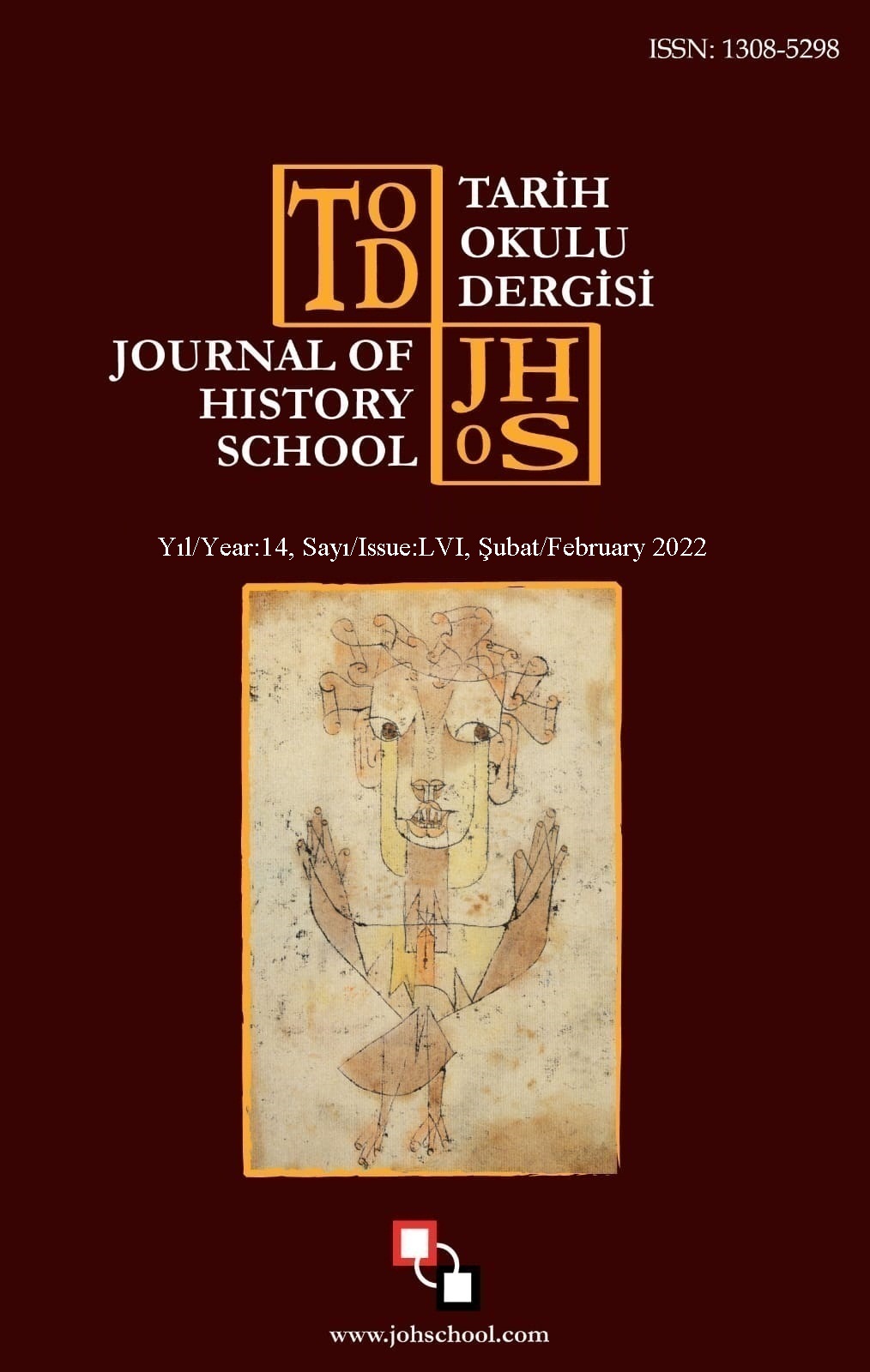Author :
Abstract
Bu araştırmanın amacı 11-13 yaş aralığındaki ortaokul öğrencilerinin mekânsal becerilerini ölçmek amacıyla Ramful, Lowrie ve Logan (2017) tarafından geliştirilen Mekânsal Akıl Yürütme Testi’nin Türkçe’ye uyarlanabilmesi için geçerlik ve güvenirlik çalışması yapılmasıdır. Araştırma 2020-2021 eğitim-öğretim yılı bahar döneminde 11-13 yaş aralığında bulunan 5, 6, 7. ve 8. sınıfa devam eden toplam 555 öğrenciden oluşan çalışma grubuyla yürütülmüştür. Araştırmada öncelikle uzman görüşlerine de başvurularak Mekânsal Akıl Yürütme Testi Türkçe’ye çevrilmiştir. Çalışma kapsamında gerçekleştirilen madde analizinde testin geçerlik ve güvenirliğini düşüren 6 madde testten çıkarılmıştır. Madde analizinin ardından üç faktörlü yapıya sahip olan testin KR20 iç tutarlık katsayıları incelenerek testin tamamı için KR20 güvenirlik katsayısının .81 olduğu görülmüştür. Ayrıca test maddelerinde ve testin genelinde üst grup ile alt grup ortalama puanları arasında anlamlı bir farklılık olduğu, testin bütünü ve alt faktörleri arasındaki korelasyon katsayılarının 0,42 ile 0,88 arasında değiştiği ve pozitif yönde anlamlı bir ilişkinin olduğu, eşdeğer yarılar analizi sonucunda Guttman katsayısı 0,83 ve Spearman Brown katsayısı 0,83 olduğu belirlenmiştir. Ayrıca bölümler arası korelasyon katsayısın da anlamlı olduğu, test tekrar test sonucunda testin bütünü ve alt faktörleri arasında orta düzeyde anlamlı bir ilişkinin olduğu gözlenmiştir. Bulgulara dayanılarak; Türkçe’ye uyarlanan Mekânsal Akıl Yürütme Testi’nin geçerli ve güvenilir ölçümler üreten bir ölçme aracı olduğu ve 11-13 yaş aralığında bulunan ortaokul öğrencilerinin mekânsal becerilerini ölçmek amacıyla kullanılabileceği ifade edilebilir.
Keywords
Abstract
The aim of this research is to conduct a validity and reliability study for the adaptation of the Spatial Reasoning Test, developed by Ramful, Lowrie and Logan (2017) to Turkish, in order to measure the spatial skills of secondary school students aged 11-13. The research was carried out with a study group consisting of a total of 555 students attending the 5th, 6th, 7th and 8th grades in the 11-13 age range in the spring term of the 2020-2021 academic year. In the research, firstly, the Spatial Reasoning Test was translated into Turkish by referring to the expert opinions. In the item analysis carried out within the scope of the study, 6 items that reduced the validity and reliability of the test were removed from the test. After the item analysis, the KR20 internal consistency coefficients of the test, which has a three-factor structure, were examined and it was seen that the KR20 reliability coefficient for the whole test was .81. In addition, the Guttman coefficient as a result of the equivalent halves analysis revealed that there was a significant difference between the mean scores of the upper group and the lower group in the test items and in the overall test, the correlation coefficients between the whole test and its sub-factors varied between 0.42 and 0.88, and there was a significant positive correlation. 0.83 and the Spearman Brown coefficient was determined to be 0.83. In addition, it was observed that the correlation coefficient between the departments was also significant and there was a moderately significant relationship between the whole test and its sub-factors as a result of the test-retest. Based on the findings; it can be stated that the Spatial Reasoning Test, adapted into Turkish, is a measurement tool that produces valid and reliable measurements and can be used to measure the spatial skills of secondary school students aged 11-13.
